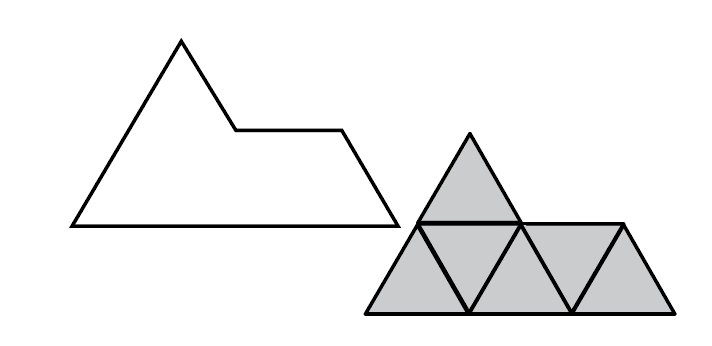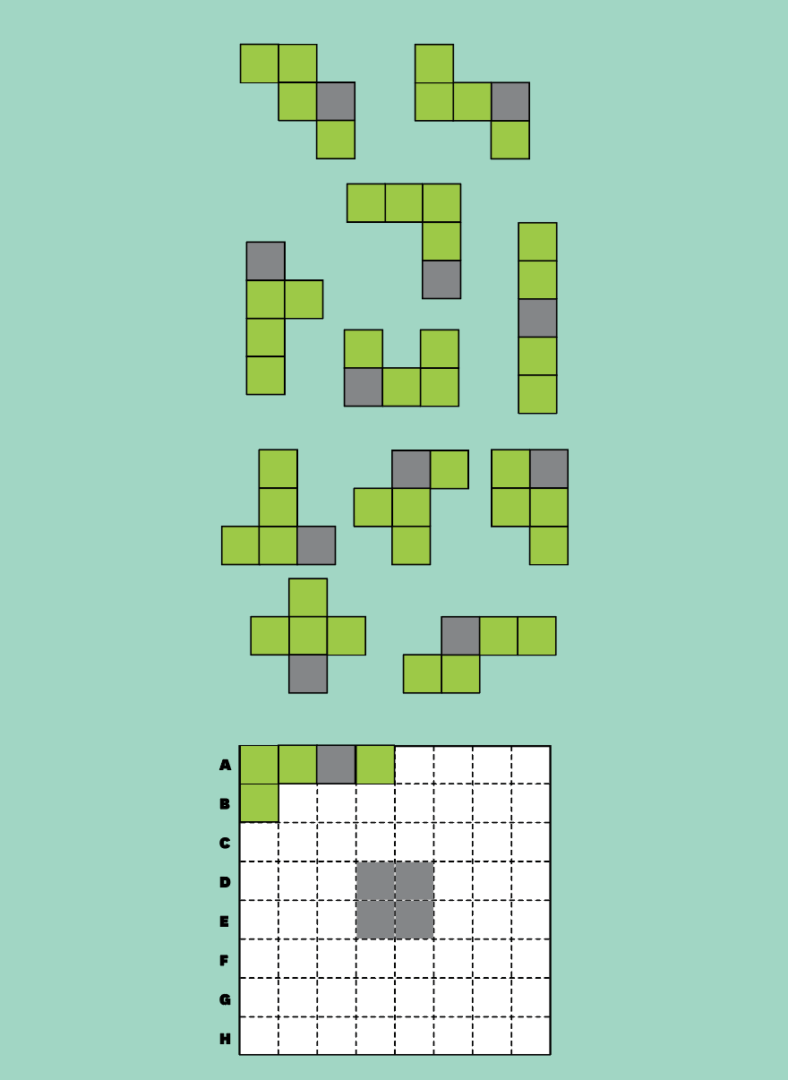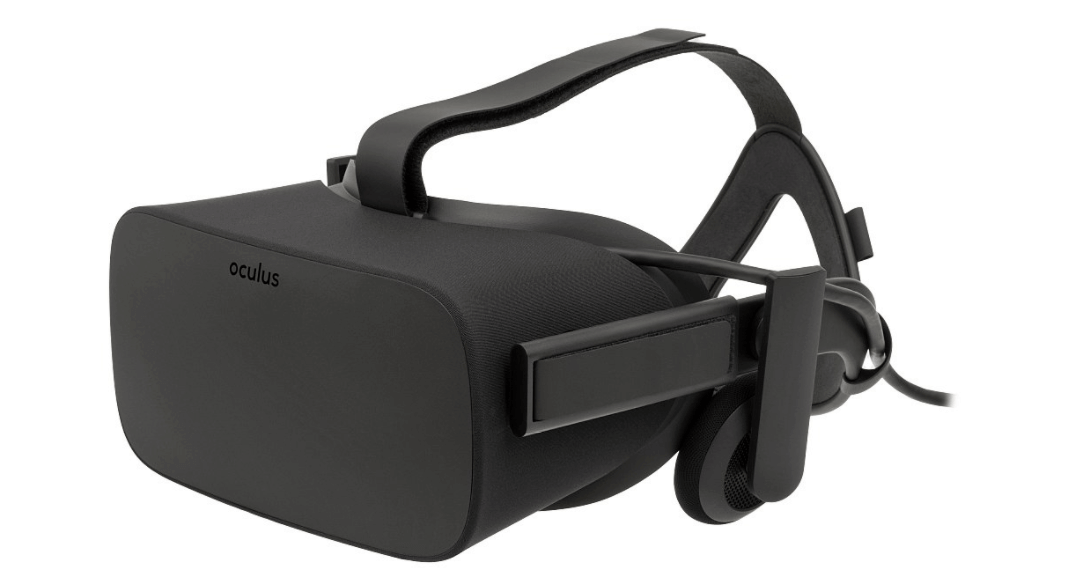A Most Beautiful Puzzle
For this edition of USC Viterbi magazine, we invited Marc Spraragen, Ph.D. CS ’13, to create a unique puzzle spanning the 56 pages of this issue.
Spraragen, a two-time “Jeopardy” champion, has designed and engineered games and puzzles professionally for Google/Niantic, among other companies, and taught a 2014 USC Viterbi course on puzzle videogame development.
This year he co-founded Augmented Expeditions, a software company creating cross-platform mobile applications. The flagship app, which will launch in 2018, provides augmented reality-based walking tours, integrating site information with narrative, puzzles and gameplay to enhance family tourism experiences.
Submit your final answer to this puzzle hunt by Wednesday, Nov. 1 to viterbischool.usc.edu/beauty/. Correct answers will be entered into a drawing for three Oculus Rifts, a leading virtual reality headset. The winners will be chosen from all correct solutions entered.
Luminaries of USC Viterbi: A 3-part Puzzle Hunt
PART 1
Some assembly required.
The puzzle on the far right is based on Sol Golomb’s “pentominoes”: five square Tetris-
style shapes. This puzzle has 12 unique pentominoes, each with one shaded square, that can be placed to fit exactly in the 8-by-8 grid shown — except for the grid’s four shaded squares. No rotation or flipping of the pieces is required. One piece has been placed to give a start.
Meanwhile, the 8-letter answers to the clues below will fill their corresponding rows A-H with letters. When the grid is filled and all pentominoes are correctly placed, a message to use in Part 2 of the hunt can be seen in the 16 shaded squares, reading each row from top to bottom.
**Update from print magazine: please note, for puzzle solvers, the portrait image of Terry Sanger should have been on page 44 (it’s currently on 49). For Burcin Becerik-Gerber, her portrait image should have appeared on page 1 (it’s currently on the inside cover, page 0).**
Here are the eight videos of luminaries from the USC Viterbi faculty. Their photos also appear in the printed magazine. These luminaries may provide clues for the puzzle hunt in more than one way.
Notes:
*For the clue starting with “Quantifiable,” use the 8-letter adjective form of the answer.
*One of the 8-letter answers is two words.
PART 2
Every picture tells a story.
For the same grid as in Part 1, the 8-letter answers to the clues below will fill rows A-H with letters.
However, the clues are out of order. Downloading the Augmented Expeditions app (Android, iOS) and choosing the “Luminaries” Expedition will provide further instructions and hints as to which answer goes in which row.
Clues for rows:
*Adjective assigned normatively to the mass of the suspension in a ground vehicle
*An ionic charge associated with cations
*Far ranging extraterrestrial communications system (or massive playground rope grid structure)
*For traffic analysts, a period at an intersection where a light is green but no vehicles can pass through.
*Microsoft Edge and other tools that prepare internet data for easy viewing by users
*Quantifiable, natural tendency of a substance to vaporize
*Theory realized in satellite design to optimize number of available broadcast channels, based on signal “arrival/departure” rates
*This defines material made from or by living things, as demonstrated by pearls from oysters
PART 3
Into the unknown.
When the grid is correctly filled with letters, and all 12 pentominoes from Part 1 are placed, a message can be seen in the 16 shaded squares, reading across each row starting from the top.
This 16-letter message provides a hint for finding a single letter in each of the 8 clues from step 2 (in row order A-H). The resulting 8-letter solution is the password for the site linked below, where the final piece of the puzzle awaits: viterbi.usc.edu/beauty.
About Sol Golomb, the Inspiration Behind This Puzzle
Professor Sol Golomb (1932–2016), as well as being a giant in several academic fields, was also a legend in the puzzler world.
He was a frequent guest puzzle creator for Martin Gardner’s “Mathematical Games” column in Scientific American. He was also an active member of the International Puzzle Party community, an invitation-only group of puzzle creators and collectors that meets at a different undisclosed location each year. Below are several puzzles created and inspired by Professor Golomb.
Self-Contained Words
I was introduced to Professor Golomb at the USC University Club, and we shared anecdotes on puzzles of all kinds. During lunch, Professor Golomb mentioned that he was always a fan of wordplay-based puzzles. His “self-contained words” are those that can be pronounced by saying the names of some of its letters in order. For instance, “avian” can be pronounced by saying “AVN.”
Below is the example he gave me, a stumper he created for Will Shortz’s “Sunday Puzzle” segment on NPR. It never aired, probably because solving it would most likely take longer than the few seconds normally given to a contestant:
Find a 10-letter word, five vowels and five consonants, that can be pronounced by saying the names of its five consonant letters in order.
Word Expansion
“Golomb’s Gambits” was a puzzle column that he maintained for 32 years in the Johns Hopkins alumni magazine. One of these columns featured the wordplay quiz below:
Add a letter to a word to form a new word. Example: cat + R = cart. The shorter words clued below increase from 6 to 10 letters long as you go down the list.
• Add C to “defective” to get “a mental capability.”
• Add L to “run aground” to get “a type of fish.”
• Add T to “be a go-between” to get “think deeply.”
• Add L to “looking intently” to get “a type of bird.”
• Add T to “a type of doctor” to get “a type of fish.”
• Add R to “on a current subject” to get “like a hot region.”
• Add C to “a supplement” to get “causing dependence.”
• Add E to “a military rank” to get “having a physical body.”
• Add R to “leaving no will” to get “a major highway.”
• Add R to “not merited” to get “inadequately provided for.”
Rep-tiles
Spatial reasoning puzzles were among Professor Golomb’s favorites. Many of these involve pentominoes or their 3-D counterparts, “polycubes.” He is also associated with a set of 2-D figures that he coined as “rep-tiles.”
Rep-tiles are shapes that can be created from a set of congruent smaller shapes similar to the larger shape itself. For instance, a square is a simple rep-tile, being divisible into 4 or 9 or 16 (etc.) congruent smaller squares. As each of the smaller squares can be similarly subdivided (and so on), there is much overlap between rep-tiles and fractals. In addition, any rep-tile can completely cover (tessellate) a 2-D plane.
It can be tricky to find the subdivisions of a rep-tile. One of the more famous rep-tiles is the “sphinx,” a shape made up of six equilateral triangles:
Divide the sphinx into four smaller congruent sphinxes. It also divides into nine smaller ones.





